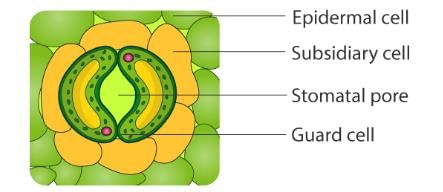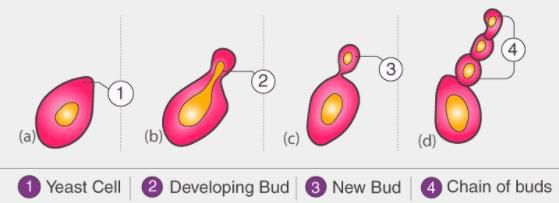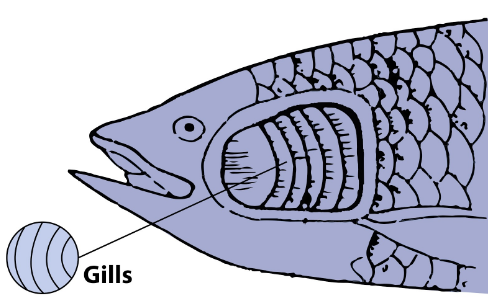Test: The World of the Living - 1 - CTET & State TET MCQ
30 Questions MCQ Test - Test: The World of the Living - 1
The earth has so many different types of plants and animals. Which word best describes the above statement?
Which of these adaptations is not shown by a camel for living in deserts?
The process of fusion of the female and male gamete is called
The process by which amount of nitrogen remains the same in the atmosphere is known as
Shape, size and other features of plants depend upon their
Plants breathe through their stomata located in their
Partial sterilization of a product such as milk at a high temperature is known as:
Which of the following is not a abiotic components
Which of the following disease is spread due to bacteria?
The excess of water absorbed plants by their roots gets evaporated through the process of
While baking cakes, yeast reproduces rapidly and produces ___ gas.
Which of the following diseases can be cured using antibiotics?
The small bulb-like projection coming out from yeast cell is called a ______.
Living organisms which are invisible to the naked eye are called _________ .
In anaerobic respiration which chemical substance is produced?
Which of the following animals breathe through skin as well as through lungs?
Every month ______________mature egg(s) are released from ovary.
The place where a living organism lives is called
When breakdown of glucose occurs with the use of oxygen, it is called


















